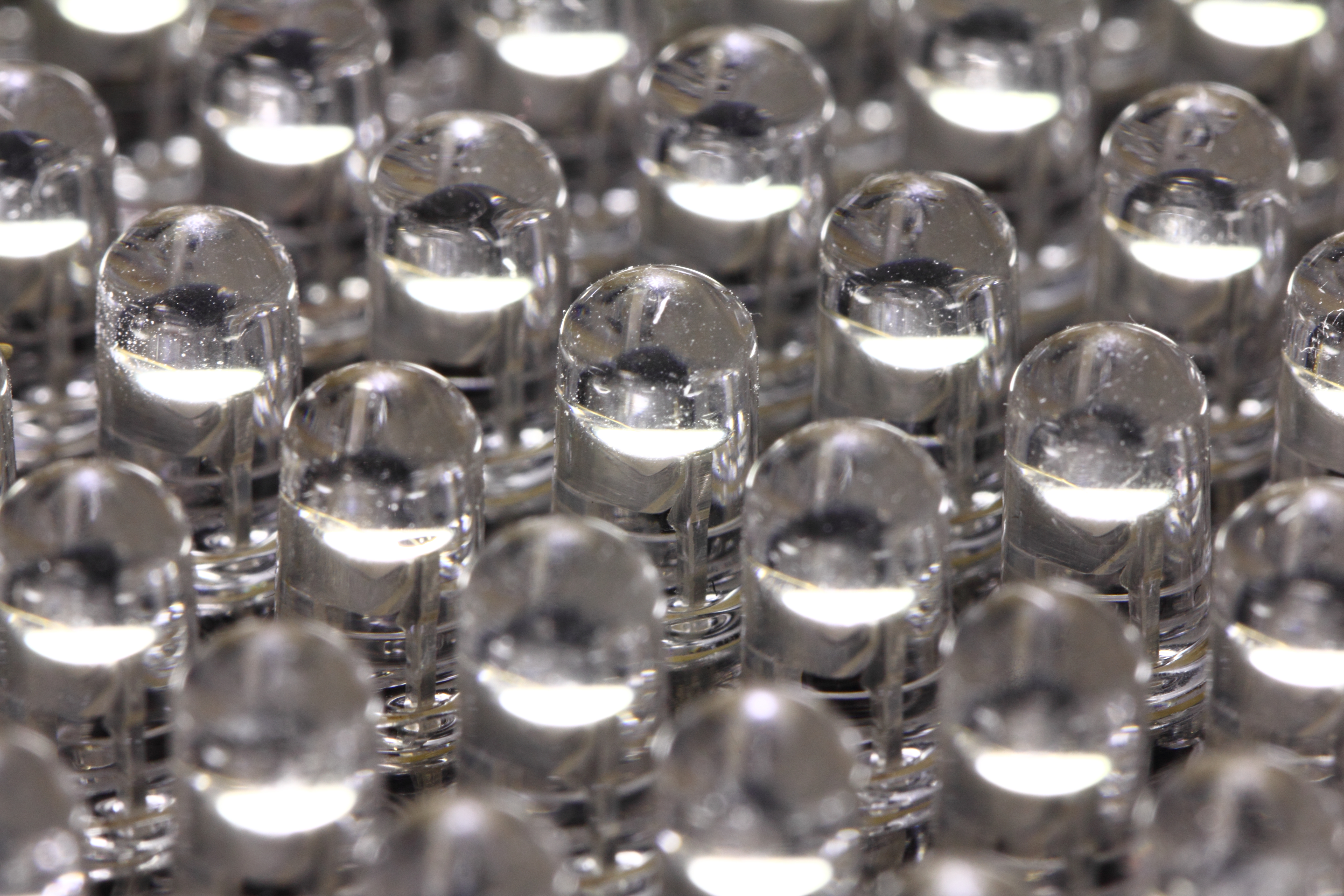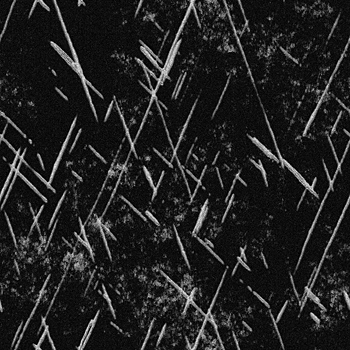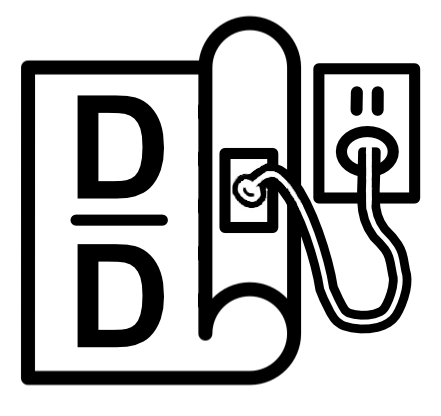
As of Fall 2016, we are excited to offer a new resource to students, faculty, and staff: the GC Maker Space. Housed in the GC Digital Scholarship Lab, Room 7414 of The Graduate Center, CUNY and staffed by the GC Digital Fellows, the GC Maker Space expands the many ways that we can critically engage with digital technologies in an interdisciplinary research environment. In the GC Maker Space, we use computing devices like Arduino to begin or refine our understanding of programming and code, expand our understanding of the research design process through prototyping, and experiment collectively with creative digital techniques.
This post is the first of a short series that will give you a warm welcome to the GC Maker Space by contextualizing the history, research, and praxis that surrounds university maker spaces. We hope that you’ll feel encouraged to contact us to learn more about getting involved, and to drop in on our Monday Maker Hours during the semester.
What is a maker space?
Even for those of us who have entered these spaces by their variety of names–maker lab, fab lab (fab = fabrication, perhaps also fabulous), hackspace, and more–the answer is not necessarily straightforward. Broadly speaking, a maker space is any physical space that offers access to hands-on equipment, generally with the intention of producing prototypes of physical objects. In some maker spaces, you can build a kitchen table, for instance! However, what separates a maker space from a production line (although some large-scale maker spaces have this capacity) is that maker spaces are where you go to experiment, prototype, and think with materials. The process, rather than the product, defines the space.
In this process-oriented model, there are all types of variations. Some spaces, like NYDesigns, are modeled on a business incubator/start-up model for industry research. Others, like our colleagues at the Maker Lab in the Humanities, University of Victoria, have research-focused labs that “prototype the past” in order to historicize technologies and their developmental arcs. Some labs, like the Critical Making Lab, University of Toronto, argue for “critical making” as a way to reflect critically on questions of technology, society, and culture in the process of making. Yet another model is the maker space as an educational outreach tool, as in the Makerspace at U.Va, which offers workshops, drop-in hours, and consultations designed to connect students with resources.
So what, then, do maker spaces have to do with digital research? Not all maker spaces involve digital technology, but the history of the hackerspace, the maker space’s more programming-focused counterpart (or predecessor, depending on how you view it), is closely tied to programming, coding, and hacker culture. Here, “hacking” implies a goal of altering technologies for creative uses and greater accessibility, which led to early hackerspaces incorporating circuitry, microcomputing platforms, and other hardware. Now, the focus on hardware and physical materials is often de rigueur in maker spaces, especially those in academic environments with a research-based or critical component.
The use of hardware often relates to physical computing, which takes “the human body and its capabilities as the starting point, and attempt[s] to design interfaces, both software and hardware, that can sense and respond to what humans can physically do” (Tom Igoe, “What is Physical Computing”). That is, physical computing makes visible the ways that humans interact with digital technologies and vice versa, and this process opens up a range of critical possibility. Relatively low-cost, micro-computing platforms like Arduino, support sensors that register light and noise make physical computing projects accessible for a range of skills and experience levels. Wearable technologies, like GPS jackets, are also a part of physical computing, as is making a digital candle (a write-up of an experiment I did with the wonderful folks at The Maker Lab in the Humanities at U.Vic at the Digital Humanities Summer Institute 2016). In maker spaces, “desktop fabrication” and “rapid prototyping” also involve the idea of making a physical object through technological means, such as 3D printers and 3D scanners. Of course, rapid prototyping can also happen using play-dough or paper–these are also technologies, although not digital or cutting edge (although they once were!). Many maker spaces also involve video and audio production equipment, for activities like podcasting.
In summary: regardless of variations on name, “maker spaces” are physical locations that make available space and equipment for process-oriented learning. University-based maker spaces often have a dedicated technological component, and combine hardware and software applications to ask research questions on materiality, human-computer interactions, and technology. This type of research often extends across disciplinary boundaries, is both creative and critical, and can be either collaborative or individual. And now, GC Digital Initiatives has an in-house space for this work with the GC Maker Space.
Our next post will share more of the nuts and bolts of what projects you can do in maker spaces, particularly ours! In the meantime, we invite you to contact us to learn more about getting involved, to drop in on our Monday Maker Hours, and to think of ways we can build out this space together. We look forward to seeing you soon!
![How do I solve [insert problem here] with Python?](https://digitalfellows.commons.gc.cuny.edu/wp-content/blogs.dir/1120/files/2018/02/IMG_1097.jpg)




